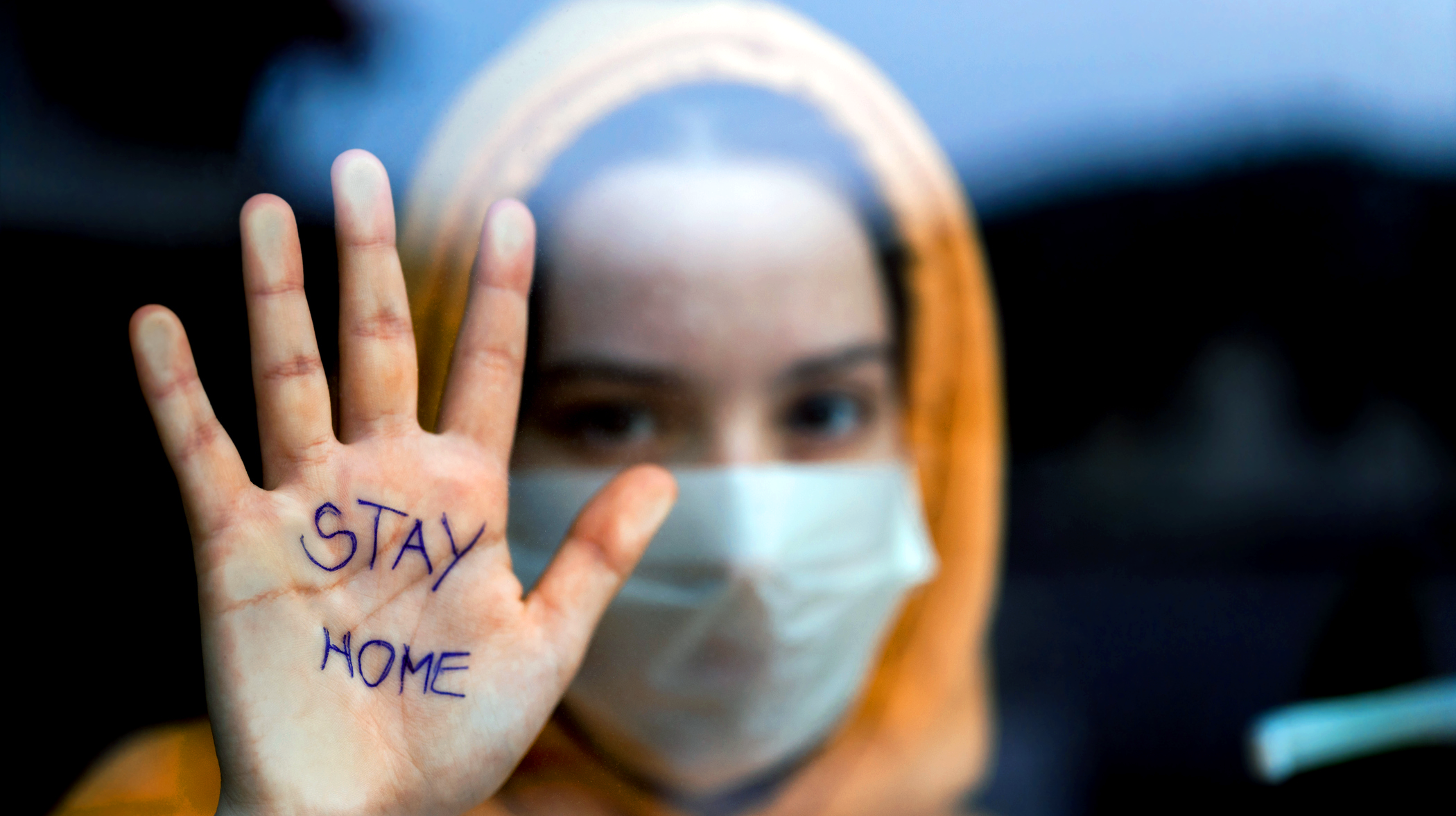This week more than 40 of the UK’s leading child right charities and experts issued a scathing indictment against the UK Covid inquiry’s lukewarm acknowledgement of the impact of lockdown on 14 million young Brits. Dan Paskins, director of UK Impact at Save the Children said:
The open letter called for the inquiry to listen to the experiences and voices of children, especially from disadvantaged backgrounds. But this neglect of young people, notably absent from the inquiry’s opening pageantry, is merely the symptom of a larger global Covid policy disease: the sacrifice of the young for the old, or reverse ageism.
Children were not vectors of disease, despite pervasive media propaganda that toddlers would kill grandma. They were at minuscule risk from severe outcomes. Schools were never places of high transmission, something known as early as April 2020. Yet the expert classes, media and politicians hyped the risk to kids, dressing it up in a garb of unquestionable moralism that fed on our deepest fears: hurting children.
The public may have some inclination that Covid policies harmed our kids but few really grasp the type and scale of harm that occurred. In health terms, pandemic disruptions caused increases in non-Covid related excess mortality among children at much higher rates than Covid. A staggering 32% of children and adolescents reported depression and anxiety, according to a recent review, while rates of attempted suicide and self-harm also increased.
Elsewhere, adolescent and child lifestyles changed drastically for the worse too. Screen time increased by over 50% among children in 2020, which continued into late 2021. Childhood obesity rose while studies also show communication and personal-social impairments in kids born in 2020. Add to that the increases in physical, psychological and sexual abuse among children throughout the pandemic period, and the scale of this crisis becomes all too clearer.
In education, UNICEF called pandemic school closures an ‘intergenerational inequality shock’. They estimated a 13% increase in global learning poverty, which may cost students upwards of $21 trillion in lost earnings during their lifetime. In addition, a World Bank report estimated over half a billion children missed 1.5 years or more of school, and that millions dropped out early.
Lastly, the deleterious economic effects. Over 350 million people fell into food insecurity and a similar amount dropped below national poverty lines. Pandemic spending lead to an estimated 44% of countries cutting public spending in 2023, exposing hundreds-of-millions of children to budget cuts in education, health and social protection. Moreover, young workers were hit hardest during the crisis, with job displacement, forced labour exploitation, child marriages and modern slavery all growing during this period.
Those who advocated for excessive policy responses hurt children worldwide especially those from poorer countries and households. Yet these experts now appear ‘resilient’ to the harsh reality of their consequences. The UK Covid inquiry and other formal evaluations need to face the facts: we failed children in our response to Covid. Let’s be grown-ups and not fail them again in evaluating our mistakes.










Join the discussion
Join like minded readers that support our journalism by becoming a paid subscriber
To join the discussion in the comments, become a paid subscriber.
Join like minded readers that support our journalism, read unlimited articles and enjoy other subscriber-only benefits.
Subscribe